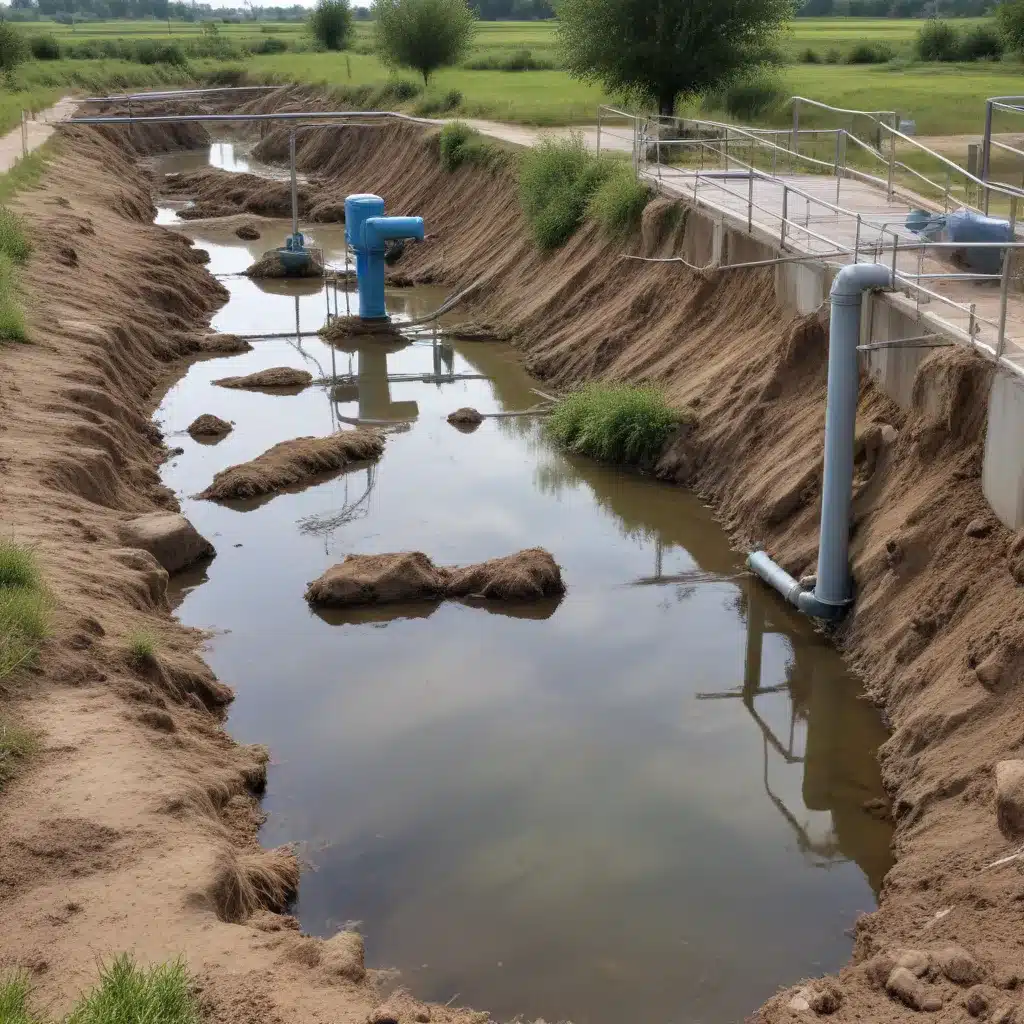
The Power of Wastewater Monitoring for Public Health
Wastewater surveillance has emerged as a transformative tool for public health authorities in the fight against infectious diseases. By tracking the presence and concentration of pathogens like SARS-CoV-2 in community wastewater, health officials can gain critical insights that complement traditional disease monitoring systems. This approach allows for the early detection of disease outbreaks, even before individual cases manifest symptoms and seek medical care.
The COVID-19 pandemic has highlighted the immense value of wastewater surveillance as an early warning system. People infected with SARS-CoV-2 can shed the virus through their feces, enabling it to be detected in wastewater samples. This allows wastewater surveillance to capture the presence of the virus shed by both symptomatic and asymptomatic individuals. By monitoring wastewater, public health authorities can act quickly to implement targeted interventions and prevent wider disease transmission in a community.
How Wastewater Surveillance Works
Wastewater, also known as sewage, contains a wealth of information about the health of a community. It includes water from household use (e.g., toilets, showers, sinks) as well as from non-household sources like industrial facilities and stormwater runoff. Crucially, wastewater can harbor genetic material from pathogens shed by infected individuals, even those without symptoms.
The CDC’s National Wastewater Surveillance System (NWSS) was established in 2020 to coordinate a nationwide effort to track the presence of SARS-CoV-2 in wastewater samples across the United States. The NWSS works in partnership with state and local health departments to collect and analyze wastewater samples, providing valuable data to guide public health decision-making.
The process of wastewater surveillance involves several key steps:
-
Sample Collection: Wastewater utilities, public health agencies, or specialized sampling teams collect representative wastewater samples from designated locations, such as sewage treatment plants or consolidated waste streams.
-
Laboratory Analysis: Collected samples are transported to specialized laboratories, where they undergo analysis to detect the presence and quantify the concentration of target pathogens, like SARS-CoV-2.
-
Data Interpretation: The analytical results are interpreted by epidemiologists and public health experts to understand the disease trends within a community. This can include identifying increases in pathogen levels that may signal an emerging outbreak.
-
Public Health Action: Armed with this data, health authorities can take swift action to implement targeted interventions, such as increased testing, contact tracing, and public education campaigns, to mitigate the spread of the disease.
The Benefits of Wastewater Surveillance
Wastewater surveillance offers numerous advantages in the pursuit of effective public health monitoring and response:
-
Early Warning: Wastewater data can provide an early indication of disease presence in a community, often before traditional case reporting systems. This allows for proactive, data-driven decision-making to curb outbreaks before they escalate.
-
Comprehensive Coverage: Wastewater sampling can capture the presence of pathogens shed by both symptomatic and asymptomatic individuals, offering a more comprehensive view of disease prevalence within a community.
-
Cost-Effective Surveillance: Compared to individual-level testing, wastewater surveillance is a cost-effective approach to monitoring the health of entire populations, making it particularly valuable for resource-constrained settings.
-
Equitable Surveillance: Wastewater monitoring can reach underserved communities that may have limited access to traditional healthcare services, helping to ensure more inclusive and equitable disease surveillance.
-
Flexible Application: While the NWSS currently focuses on SARS-CoV-2, the wastewater surveillance approach can be adapted to track a wide range of pathogens, including influenza, polio, and other emerging infectious diseases.
Implementing Effective Wastewater Surveillance
Establishing a successful wastewater surveillance program requires a collaborative, multidisciplinary approach. Key factors to consider include:
Partnerships and Coordination
Effective wastewater surveillance relies on strong partnerships between various stakeholders, including:
- Public Health Agencies: These agencies provide the epidemiological expertise and oversight to interpret wastewater data and guide public health response.
- Wastewater Utilities: Utilities play a critical role in sample collection and coordination with laboratory testing services.
- Academic and Commercial Laboratories: These partners conduct the specialized analysis of wastewater samples to detect and quantify target pathogens.
Standardized Protocols and Data Management
To ensure the reliability and comparability of wastewater surveillance data, it is essential to develop standardized protocols for sampling, testing, and data reporting. This includes establishing quality assurance and quality control measures, as well as data management systems that enable the efficient sharing of information between partners.
Capacity Building and Training
Implementing wastewater surveillance requires building the necessary technical and analytical capabilities within public health agencies and partner organizations. This may involve training personnel in areas such as sampling techniques, laboratory analysis, and data interpretation.
Community Engagement and Communication
Engaging with the local community is crucial to the success of wastewater surveillance programs. This includes fostering trust and transparency, explaining the purpose and benefits of the program, and addressing any privacy or ethical concerns that may arise.
The Future of Wastewater Surveillance
As the COVID-19 pandemic has demonstrated, wastewater surveillance is a powerful tool that can significantly enhance public health monitoring and response capabilities. Looking ahead, the potential applications of this approach are vast and inspiring:
- Pandemic Preparedness: Wastewater surveillance can serve as an early warning system for the detection of emerging infectious diseases, enabling proactive mitigation strategies before outbreaks escalate.
- Pathogen Tracking: By monitoring wastewater for a diverse array of pathogens, public health authorities can gain valuable insights into the epidemiology of various infectious diseases within a community.
- Environmental Health Monitoring: Wastewater analysis can also provide insights into the presence of environmental contaminants, supporting efforts to safeguard public and environmental health.
As the National Wastewater Surveillance System continues to expand and evolve, the collaborative efforts of public health agencies, wastewater utilities, and research partners will be crucial in unlocking the full potential of this innovative approach to public health. By embracing wastewater surveillance, communities can empower themselves with the data-driven insights needed to protect the health and well-being of all their residents.

